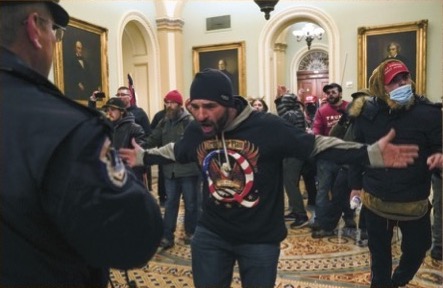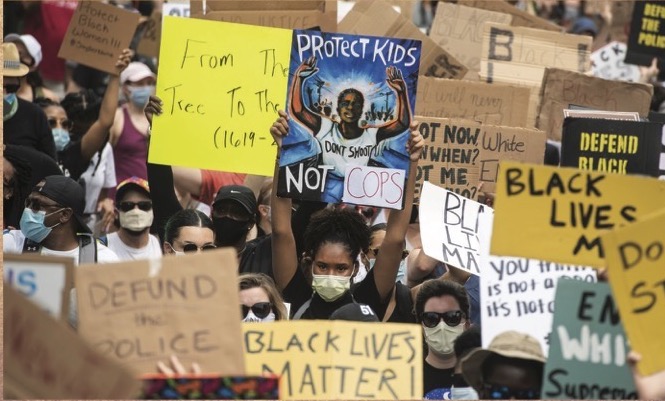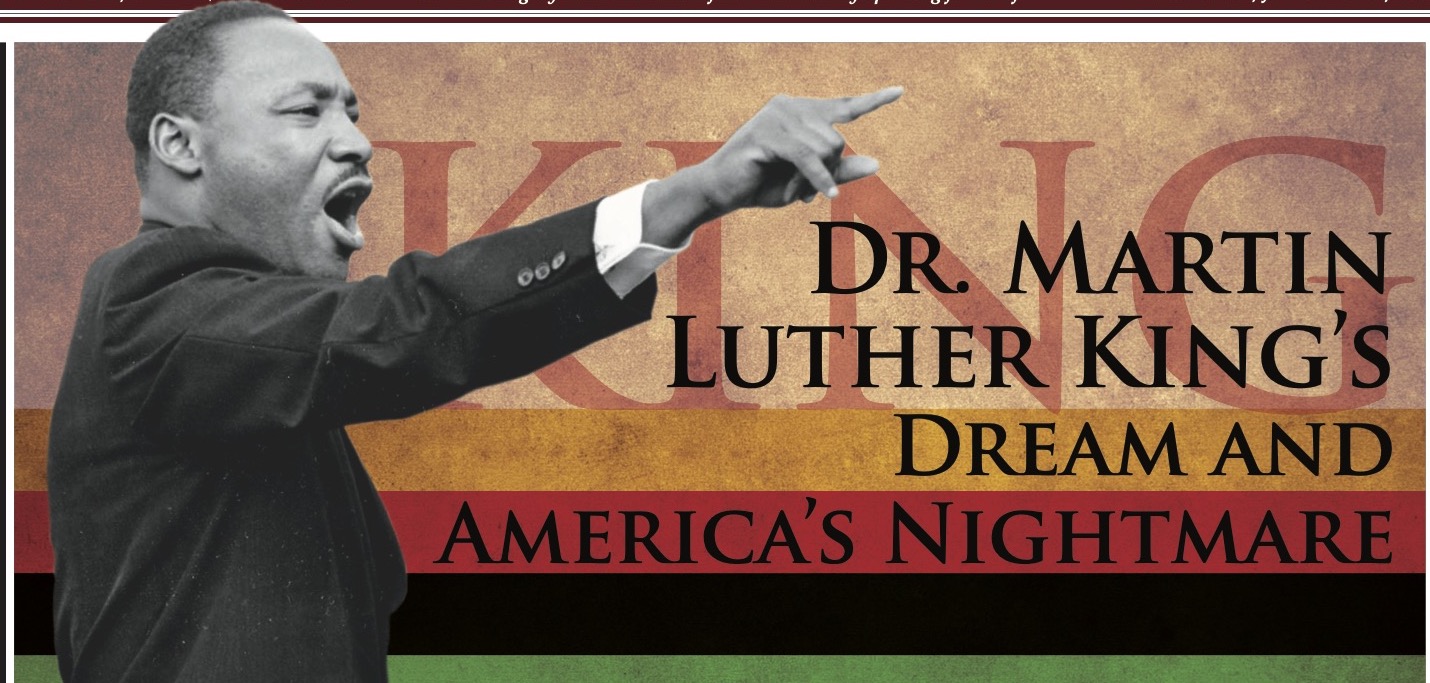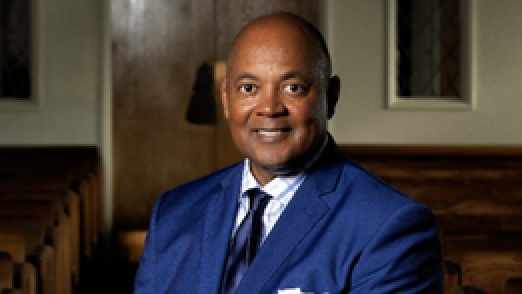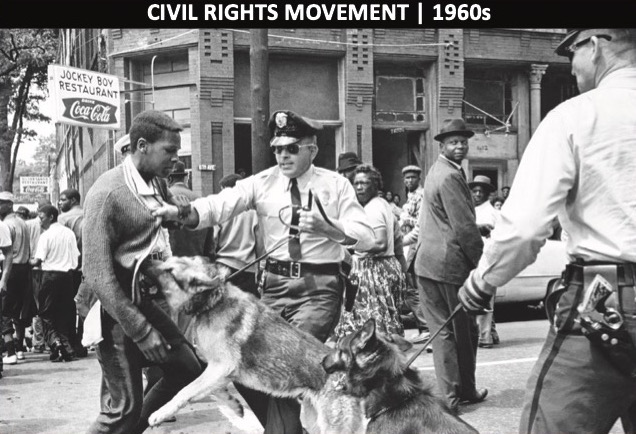

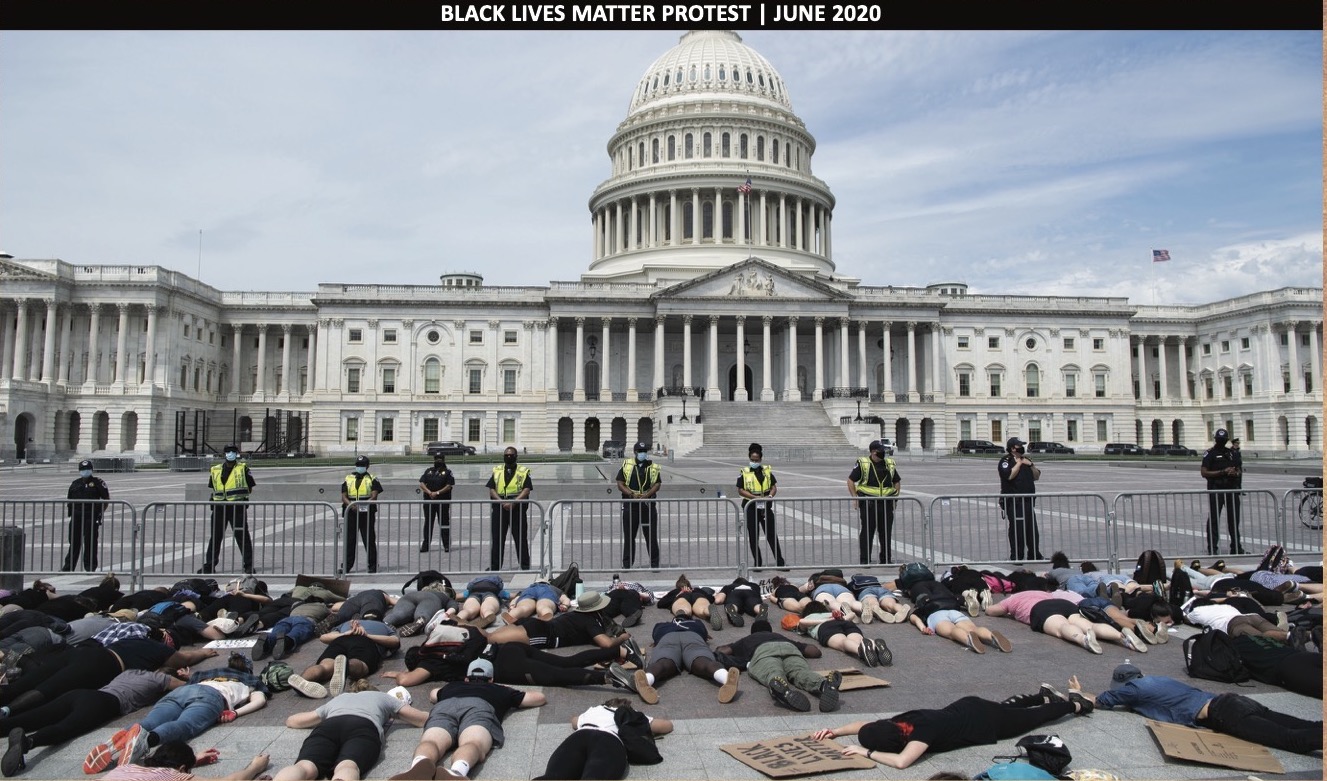

A nation divided; the country has been in a state of disarray since the election proved in favor of President-elect Joe Biden and Vice President-elect, Kamala Harris. This past week, America watched as a group of rioters and Trump supporters stormed the U.S. Capitol building, forcing members of Congress and staffers inside to take cover. As many witnessed on live television and through their phones, January 6, 2021, became a day of much uncertainty, as well as a statement of disrespect to the number of Black and Brown citizens who lost their lives to violence in 2020 alone. The lack of control during the Trump supporters’ seize of the Capitol, led to questioning authorities, as well as the relationships between the violent crowd and that of the police. But mostly, the event left many people of color posing the question, “what if the crowd had been full of Black and Brown faces?”
Throughout the summer months, Black, Indigenous and people of color (BIPOC) communities, peacefully protested various unwarranted deaths and injustices in healthcare policy, and police brutality. Each of which was met with further violence from local police, the National Guard, and venomous comments spewed from President Trump. Through it all, the protestors maintained their posture, returning each day to walk the streets demanding their rights to equality. While arguments can be made whether it was beneficial or not, the protests, without a doubt, were a powerful, and a civil rights movement brewed in modern times. As we celebrate the legacy of Dr. Martin Luther King, Jr., it’s important to note how his non-violent approach has shaped the way statements are made in recent history.
Dr. King prided himself on his nonviolent approach to justice, a most powerful tool during the Civil Rights Movement. After studying Mahatma Gandhi, he began to understand violence would only be met with more violence and even death, so King opted to strategize other ways to create an impact. He believed non-violence to be the most powerful means of protest, as it would then paint the oppressor as the true aggressor. In the end, this would stretch the reach of information, forcing regions beyond the South to see the racial injustices and violence Black people had experienced. Through his non-violent efforts, Dr. King was able to hit his White counterparts where it mattered most, economically and civically.
His thinking led to several monumental moments in history, such as the Montgomery Bus Boycott, which lasted a year starting in 1955, from Selma, Alabama, to the Montgomery March or “Bloody Sunday” march in 1965, as well as the March on Washington, in 1963. His efforts served as a guide for future protests, teaching the importance of patience and calmness during a battle. Though much of what he fought for still exists in new forms, his teachings have allowed for change to occur at different capacities each time. With each peaceful protest, is the birth of a new voice, a new purpose, a new goal to be achieved, whether personal or societal. Social media allows for Dr. King’s purpose to flourish, a feat Americans witnessed this past summer as protest with Black Lives Matter over the killings of George Floyd, Breonna Taylor and more were seen in each continent. The world was then able to witness peaceful protestors and activists harassed by authorities as they demanded their lives be valued.
As a leader and forward thinker, Dr. King led a revolution of peacefulness. His words have lived on for years, both during and after his untimely death. As we celebrate his teachings, it’s most important to reflect on the changes and freedoms he afforded us. Much of our freedom and belief in marching through the streets in large numbers with signs and loud voices, is due to the perseverance and resilience Dr. King, and those who marched alongside him, embodied.
Dr. King said during his Nobel Prize lecture, “We adopt the means of non-violence because our end is a community at peace with itself. We will try to persuade with our words, but if our words fail, we will try to persuade with our acts.”
The images captured from 2020s BLM protests often resemble those of the Civil Rights Movement, which Dr. King often led. BLM protests throughout the summer proved to be powerful because they stood for the betterment of every BIPOC in America, even fighting for causes outside of the United States. Dr. King taught each person he encountered that there is power in your actions and power in your grace. Standing in opposition of violence, he gave the Black community a method of fighting that would be used for generations, along with a mindset built to overcome.
As we continue to honor his legacy, we will also continue to fight. Though the nation, may be in a state of division with violence on display, Dr. King’s words and legacy have proven stronger than the opposition, as Black and Brown people continue to fight for justice and peace.


